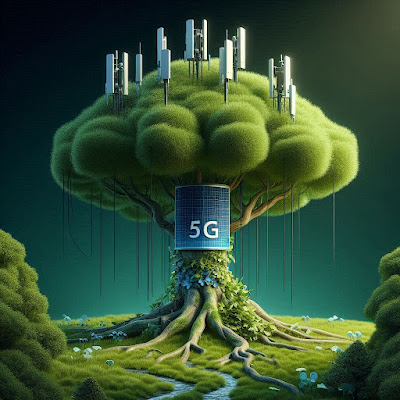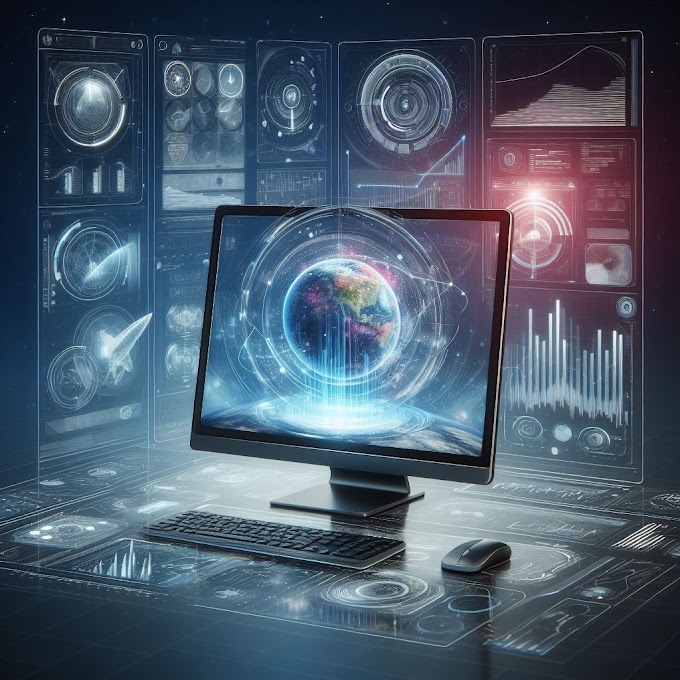In the ever-evolving landscape of telecommunications, the advent of warp 5G has sparked curiosity and excitement. But what exactly is warp 5G, and how does it differ from its predecessors? Let's explore the essence of this groundbreaking technology and its potential to redefine connectivity as we know it.
At its core, warp 5G represents the next
evolutionary step in wireless communication. Building upon the foundation laid
by previous generations of cellular networks, warp 5G introduces a host of
innovative features and capabilities aimed at addressing the growing demands of
an increasingly connected world.
One of the key distinguishing features of
warp 5G is its ability to deliver unprecedented speed and bandwidth. By
leveraging advanced technologies such as millimeter-wave spectrum and massive
MIMO (Multiple Input Multiple Output), warp 5G is capable of supporting data
rates that far exceed those achievable with traditional 4G and 5G networks.
This increase in speed opens up a world of possibilities, from seamless
streaming of high-definition content to real-time collaboration and gaming
experiences.
But warp 5G is not just about speed—it's
also about reliability and efficiency. Through techniques like beamforming and
network slicing, warp 5G optimizes the use of available spectrum and resources,
ensuring consistent connectivity even in dense urban environments or areas with
high network congestion. This reliability is essential for enabling critical
applications such as autonomous vehicles, remote surgery, and industrial
automation, where a stable and low-latency connection is paramount.
Speaking of latency, warp 5G promises to
significantly reduce the delay between sending and receiving data packets,
ushering in a new era of real-time communication and interaction. Whether it's
conducting virtual meetings, controlling smart home devices, or playing
multiplayer games, warp 5G's ultra-low latency ensures a responsive and
seamless user experience across a wide range of applications.
Moreover, warp 5G is not just limited to
traditional mobile devices—it's also poised to revolutionize the Internet of
Things (IoT) landscape. With its ability to support a massive number of
connected devices simultaneously, warp 5G lays the foundation for a truly
interconnected world where everything from smart appliances to industrial
sensors can communicate and collaborate in real-time. This has profound
implications for industries such as healthcare, agriculture, and manufacturing,
where IoT devices play a critical role in monitoring and optimizing processes.
In addition to its technical capabilities,
warp 5G also has the potential to drive economic growth and innovation. As
businesses and industries embrace this new technology, new opportunities for
revenue generation and value creation emerge. From enabling new business models
and services to fostering entrepreneurship and job creation, warp 5G has the
power to transform economies and societies on a global scale.
But perhaps the most exciting aspect of
warp 5G is its potential to unlock entirely new use cases and applications that
we haven't even imagined yet. As developers and innovators explore the
possibilities of this transformative technology, we can expect to see
breakthroughs in fields such as augmented reality, virtual reality, remote
robotics, and more. From revolutionizing entertainment and gaming to enhancing
education and healthcare, warp 5G has the power to touch every aspect of our
lives in ways we can only begin to imagine.
In conclusion, warp 5G represents a quantum
leap forward in wireless communication, offering unprecedented speed,
reliability, and efficiency. From blazing-fast download speeds to ultra-low
latency and massive IoT connectivity, warp 5G has the potential to reshape the
way we live, work, and interact with the world around us. As we embark on this
journey into the future, one thing is clear: the age of warp 5G is upon us, and
the possibilities are limitless.












